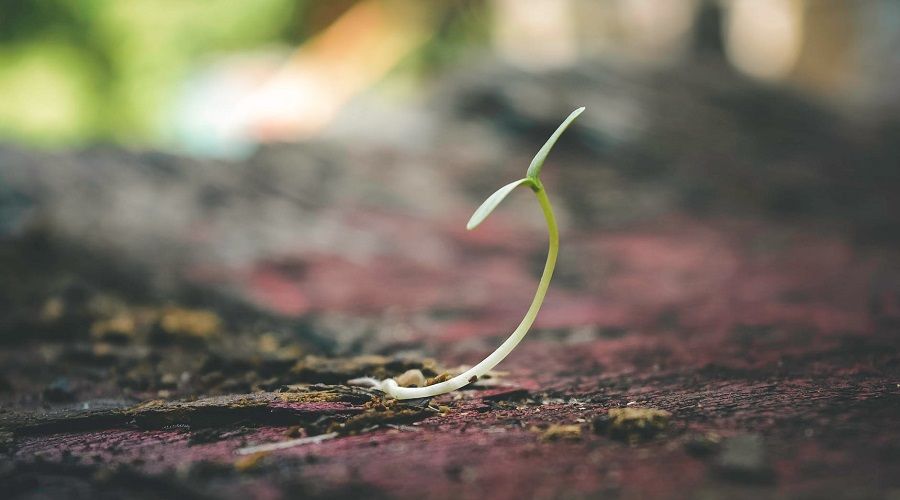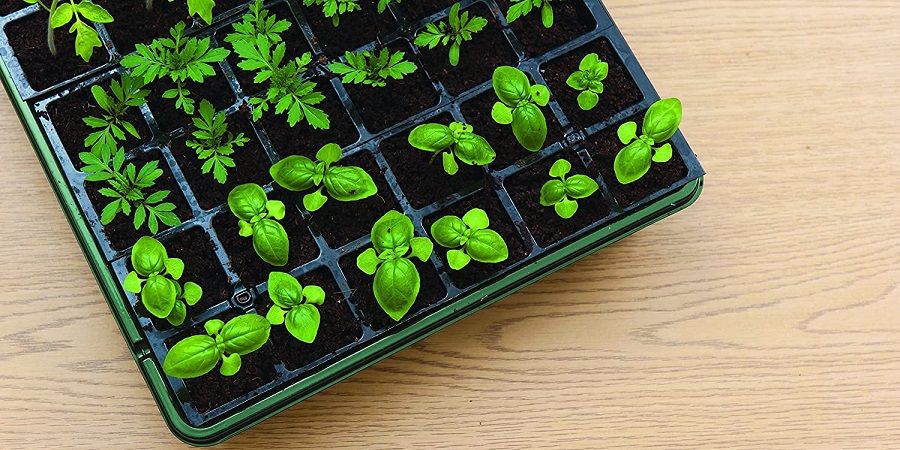Gardening is a tricky thing. It’s not just about dropping a seed into soil, watering it, and watching it grow—it also takes planning, tools, and dedication. One of the trickiest things about gardening is timing, and bad timing only leads to wasted seeds.
To lessen the risk, germination seed kits have become a saving grace by controlling the environment in which a seed grows in, giving it the best chance at flourishing. To do this, you'll need to look for the best seed starter kit for you.
Backyard Boss Top 5 Seed Starter Kits in 2021
|
PRODUCT |
FEATURES |
||
|---|---|---|---|
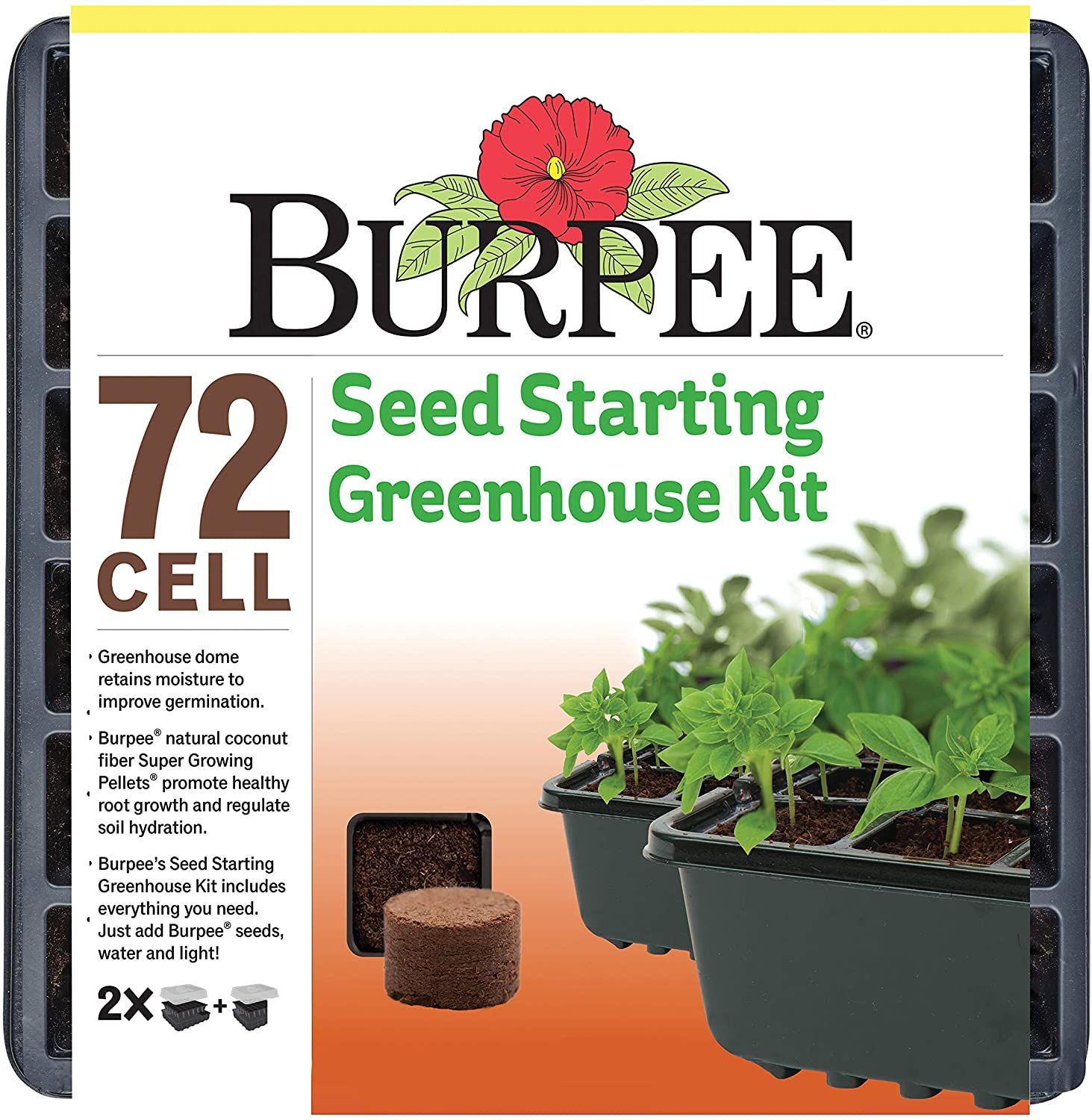
|
|
||
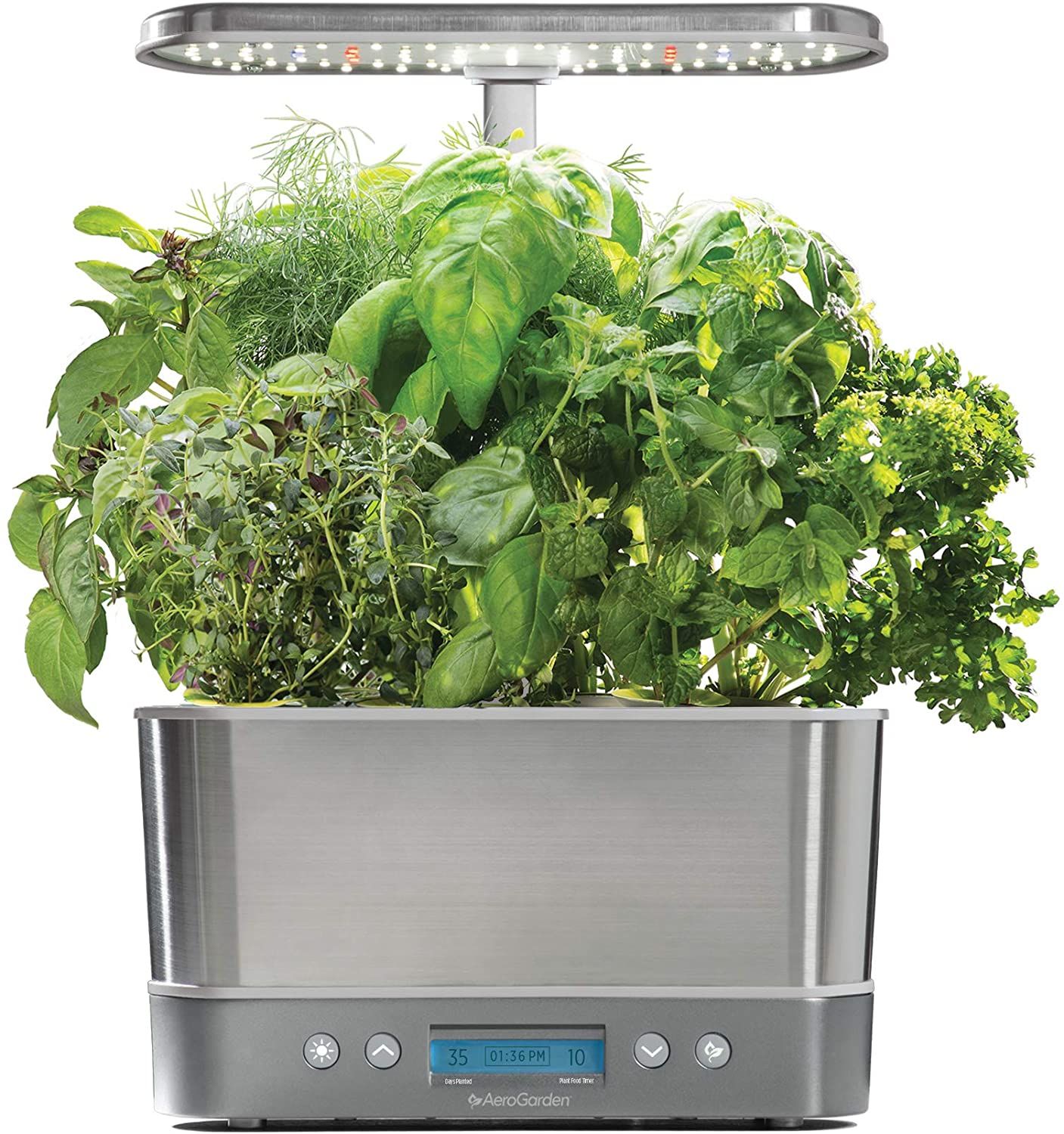
|
|
||
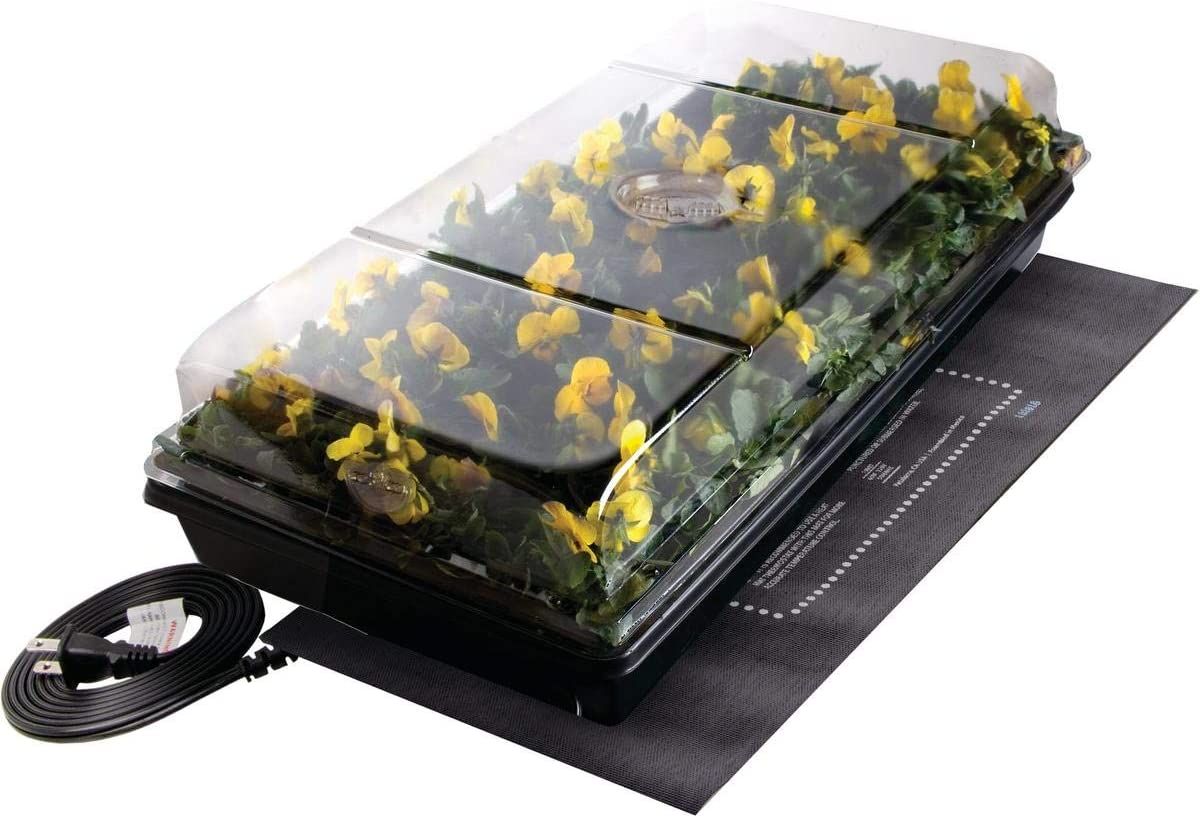
|
|
||
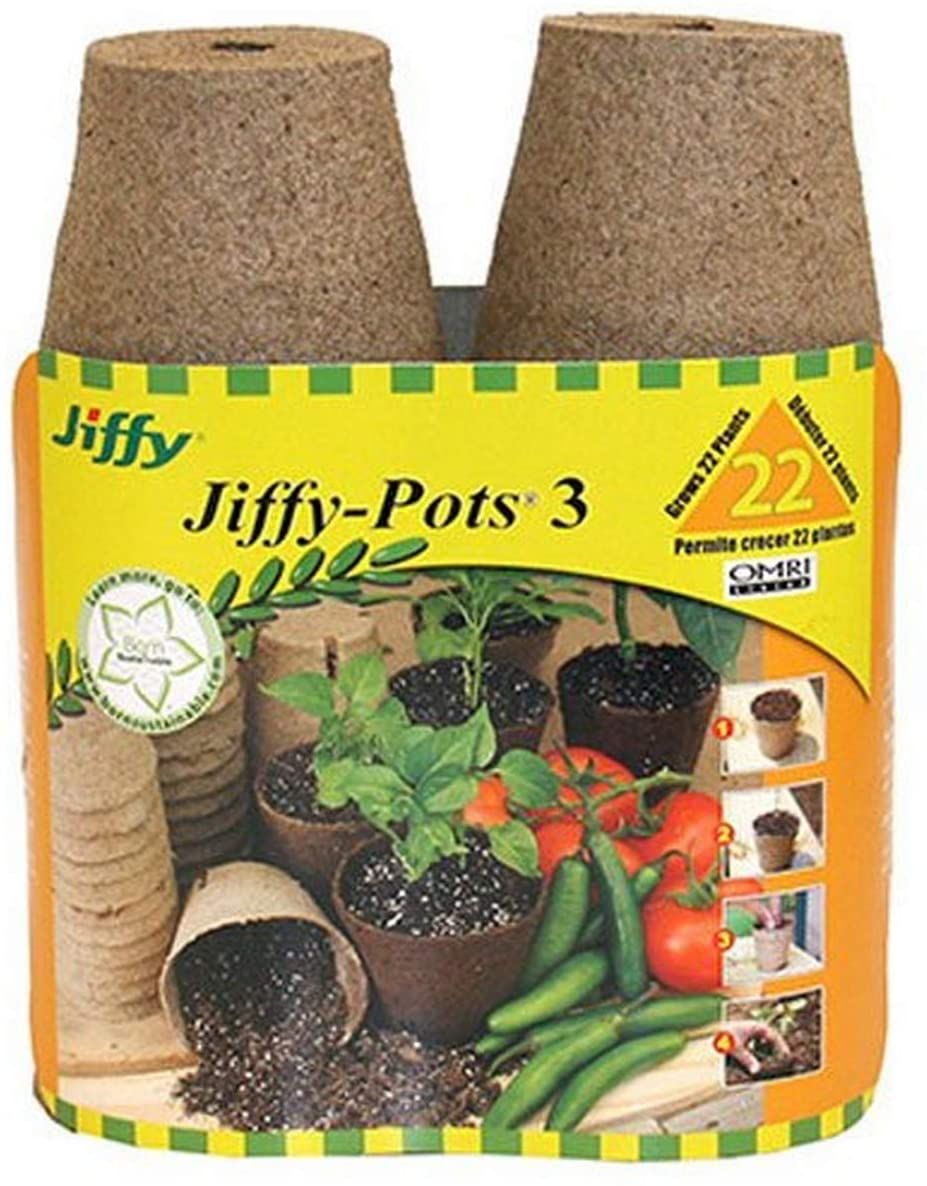
|
|
||
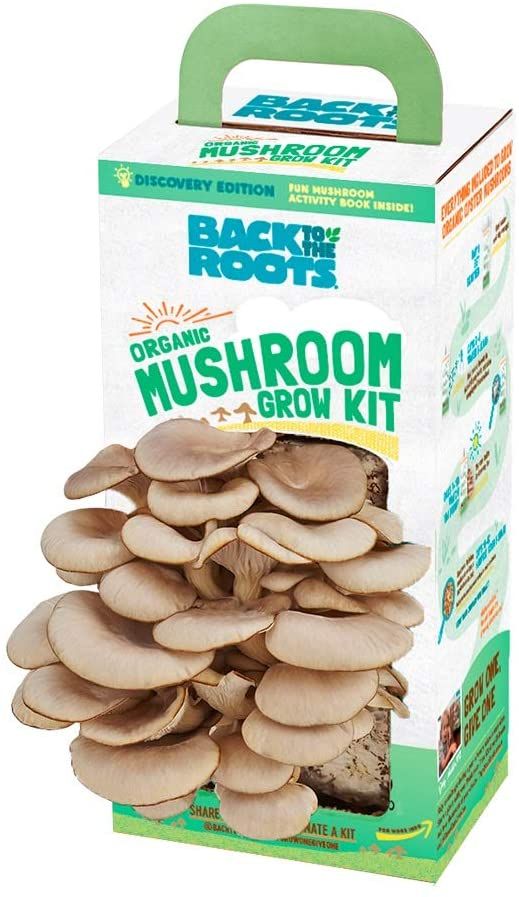
|
|
Why You Can Trust Us
In our dedication to helping you cultivate your dream garden, we’ve learned a lot about what works and what doesn’t. We use our personal gardening experience and comprehensive research to help us weed out ineffective gardening accessories and gather products we truly believe will help. We also make sure to be transparent in everything, from listing the capabilities and limitations of a product to linking our research sources to help you decide for yourself. Seed starters are tricky but after years of yard work, we know more than a thing or two about it and want to help you experience the wonders of it too.
Best for Flowers and Vegetables
What looks like a simple seed starter kit is actually a self-watering tray that comes with growing pellets and a greenhouse dome— all the basics you’ll need for simple germination.
- Beginner-friendly
- Self-watering system
- Two 36-cell trays
- Compatible with flower, herb, and vegetable seeds
- Water tends to leak from the tray
- Growing pellets are difficult to hydrate"
|
|
Why We Like It: This kit's straightforward design provides gardeners with necessities rather than fancy gardening technology that not everyone will need. It uses a durable material that allows constant reuse and makes it easy to transplant once the seedlings are ready. This style of starter tray works amazingly with all kinds of plants, including annual flowers and vegetables. This kit simplifies the gardening experience by supplying you with the basics and allowing you to grow your garden accessories kit yourself.
Who Should Buy It: This system is great for novices and seasoned gardeners who are interested in all kinds of plants, be it a flower, herb, or vegetable for their yard.
Best for Herbs
This seed starter kit comes with six herb seed packets and uses a hydroponic system to grow them year-round— basically, just add water!
- Includes gourmet herb seed packets
- Digital display and controls
- LED grow lights
- Can grow six herbs simultaneously
- Complicated warranty
- No guarantee for fresh herb seeds
- Short maximum growth height due to the grow light"
|
|
Why We Like It: Looking for your own herb garden but not sure if you have space for it? Luckily, this chic beginner-friendly seed starter kit is made for small spaces. This kit is also equipped with a grow light and a digital control panel to manage the herbs even while you're away. It’s easy to maintain and satisfies the foodie and home gardener’s fresh herb dreams by allowing seeds to germinate in fast-growing conditions.
Who Should Buy It: Home cooks will love this kit since what's better than a constant supply of fresh herbs for favorite recipes?
Best for Houseplants
This germination station comes with fun accessories that make the seed starting process so much easier!
- Includes vented humidity dome
- 72-cell tray
- UL-Listed heat mat
- Self-watering station
- Fluctuating mat temperatures
- Uses thin plastic
- Odd dome size causes spillage"
|
|
Why We Like It: This seed starter kit comes with a 72-cell tray, a heat mat, and a humidity dome that all work together to promote the germination and propagation process. It's great for all kinds of plants but is particularly useful with houseplants since it also allows for plant cloning! It has the ability to replicate the seed’s optimum natural growing conditions for strong and healthy seedlings.
Who Should Buy It: This station would work amazingly with dedicated gardeners with an interest in germination and cloning, whether it’s due to a lack of outdoor space or they simply want to surround themselves with greenery 24/7.
Best for Peat Pots
A peat pot is a brilliant way to reduce gardening waste and lessen the hassle of transplanting seedlings.
- Minimizes waste
- Strong construction
- No repotting required for transplanting
- Light, malleable, and organic material
- Peat barrier decomposes slowly
- Difficult to separate from the stack
- Incompatible with delicate plants"
|
|
Why We Like It: Made of naturally decomposing material, these allow seeds to grow in a controlled environment without having to stress about the complicated repotting process. This means you can start it indoors and when it's ready, just plant it in the ground with the pot and everything.
This is great for hardy plants since the size allows seedlings to grow larger roots and delicate plants might be unable to break through even the softest peat barriers. You can also cut or remove the pot completely, with the waste used for compost instead. The malleability of this specific peat material by Jiffy makes it a great organic solution to minimizing garden waste and simplifying seedling transplants. These pots come with plant labels.
Who Should Buy It: Peat pots are loved by any gardener who wants to avoid the hassle and waste of plastic seed starters. What's more, you can use your homemade seed starter soil.
Best for Mushrooms
This kit is 100% organic and non-GMO and will allow you to grow mushrooms all year round. Made in the USA, these kits come with a 100% growth guarantee.
- Fast-sprouting
- Multiple harvests possible
- Certified USDA Organic
- Organic substrate disposal
- Low yield mushroom harvest
- Needs constant hydration
- High-maintenance"
|
|
Why We Like It: Mushrooms aren’t plants but they are plant-like organisms that grow from spores instead of seeds and undergo a complicated growth process that takes a lot of patience, supervision, and expertise. Luckily, this mushroom growing kit simplifies it. After a week of regular misting, wait for the mushrooms to grow. Not only does it give you fresh organic mushrooms for delicious recipes, but it's also a great project for kids to learn about nature. This is also a buy-one-give-one item, meaning every purchase is matched and given to a classroom of your choosing.
Who Should Buy It: This kit is a great project for families with kids as a valuable and learning experience for children that doubles as an organic source for your mushrooms.
Watch it in action here:
What Plants Can You Start Inside?
To no surprise, outdoor conditions are not always primed for gardening due to changing climates, fluctuating temperatures, rain and wind exposure, and vulnerability to wild animals. Just because it works doesn’t mean it’s the smartest choice. Starting your seeds indoors slashes the risk of accidentally damaging them and helps control the environment for developing seedlings.
Luckily, most house and garden plants can be grown indoors thanks to handy tools and accessories built to replicate optimal outdoor conditions for growing. Be it herbs, shrubs, ferns, or even vegetables, these can be watched over and nurtured much better when started inside. However, some plants are best directly sowed in your yard, including trees, root crops, corn, and many others.
When Should You Plant Starter Plants?
Image credits: Burpee Store via Amazon
What no one says about gardening is that it's all about timing. Even the best green thumbs could go wrong if they didn't plan properly.
Before seed starting, it's important to research the plant you want to grow and learn how long it’ll take to germinate which you can usually find on the seed packet information. After learning this, it’s time to research the best time to grow it outdoors. Some seedlings grow better in cool temperatures while some thrive with the warmth.
By then, you’ll simply have to start the germination process in time for being transplanted in the right climate. Around a week before it’s set to be transplanted, you should start the process of hardening the seedling.
Hardening means slowly acclimating it to outdoor conditions for a better chance of growing strong. It includes lessening their water and exposing the seedling to soft natural light and wind. During this time, you should also be prepping the soil area for transplanting, loosening, and aerating the soil while removing weeds.
Generally, people start their seeds towards the end of winter in preparation for spring planting. This is usually the busiest time of the year for gardeners and, when timed correctly, results in fantastic gardens all around the block.
What Do You Need to Start Planting?
With your seed starter kit out of the way, there are still some other things you might need, especially if you’re planning on transplanting your seedlings to a bigger pot or your yard.
While many choose to maintain indoor gardens for their houseplants and cooking ingredients, therefore lessening all the risk, tools, and prep time involved in doing this, it’s still common for home gardeners to transplant their seedlings to their gardens.
If you've used a seedling tray, simply remove the hardened seedling from the cell. For peat pots, you have the option of shredding the pot away from the seedling, completely repotting it, or leaving the pot as is. It all depends on preference and root strength.
Some gardening materials you'll need for transplanting might include a:
- Spade, for removing weeds and digging a hole for the seedling,
- Soil cultivator, to loosen and aerate the soil,
- Transplanting fertilizer or compost, for root nourishment during the transplant, and
- Mulch, for surface nourishment after being transplanted.
How We Picked
Narrowing down our list was difficult because different plants thrive under different conditions, home gardeners have varying skill levels, and seed starter kits don't all have the same purpose. Considering this, consumer reviews quickly became critical information for us because each experience is unique and learning what others thought about each item helps show an accurate idea of what a kit can and can’t do.
In the end, the ease of use, versatility, average consumer experience, quality, and the bonus inclusions in each seed starter kit were our considerations. With that, we easily landed on our five favorite starter kits to help you grow your garden into an outdoor dreamscape.
Start Your Seeds Like a Pro
Sometimes, the basics are all you need. In this case, Burpee gives you the basics and then some.
We found that the Burpee Seed Starter Kit allows different seed varieties to germinate while giving you room to save up for your preferred gardening technology. Burpee instead focuses on producing reusable trays that provide necessities, such as a humidity dome, growing pellets, and self-watering tray.
This is our favorite because it offers flexibility and versatility in a durable indoor greenhouse that everyone can use. However, gardening is personal and, while this kit fits the general needs, different features might be better for the seeds you'll be starting.

